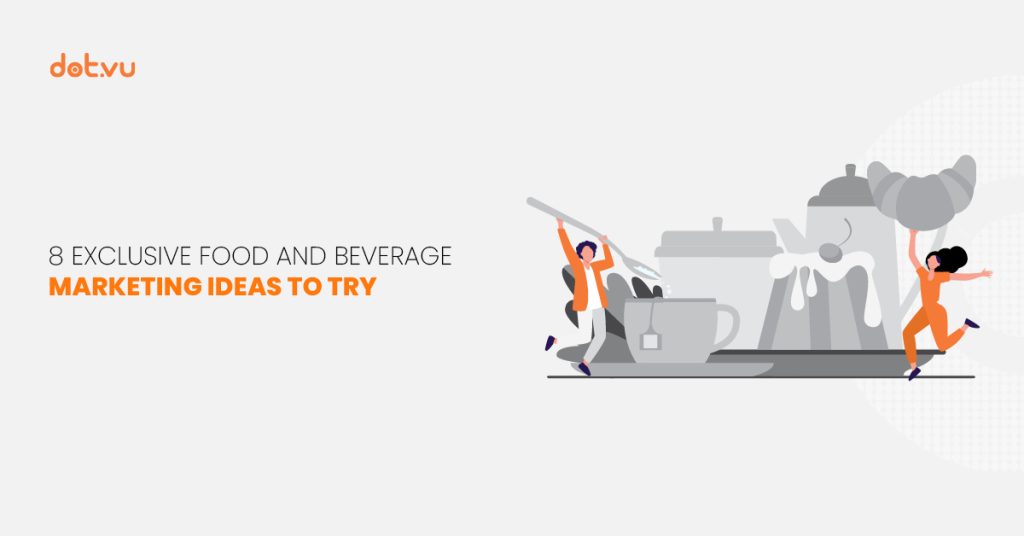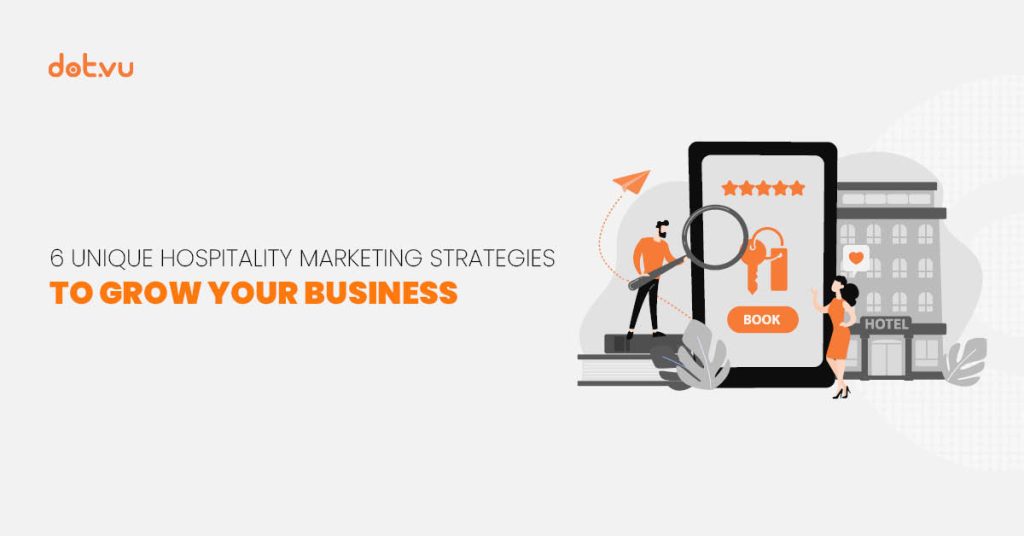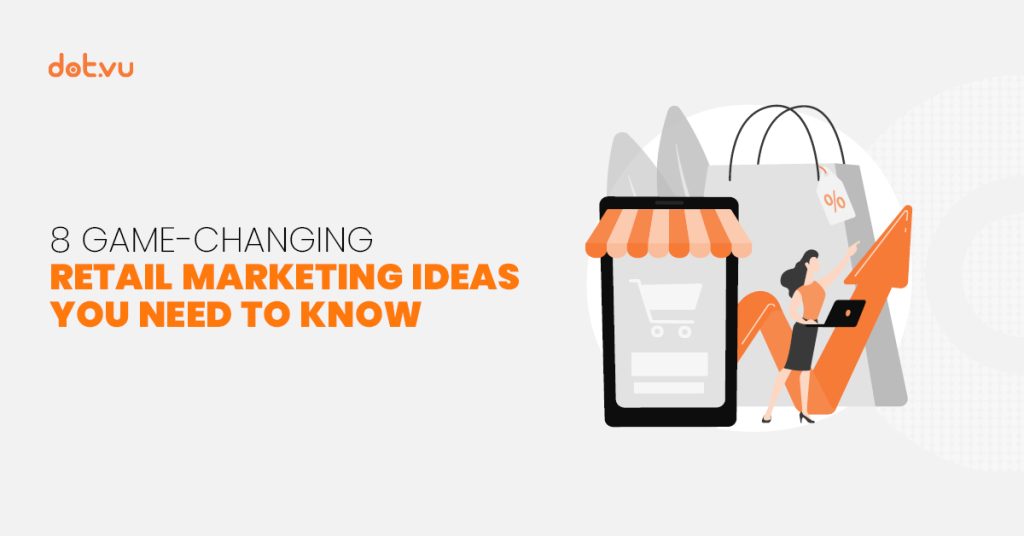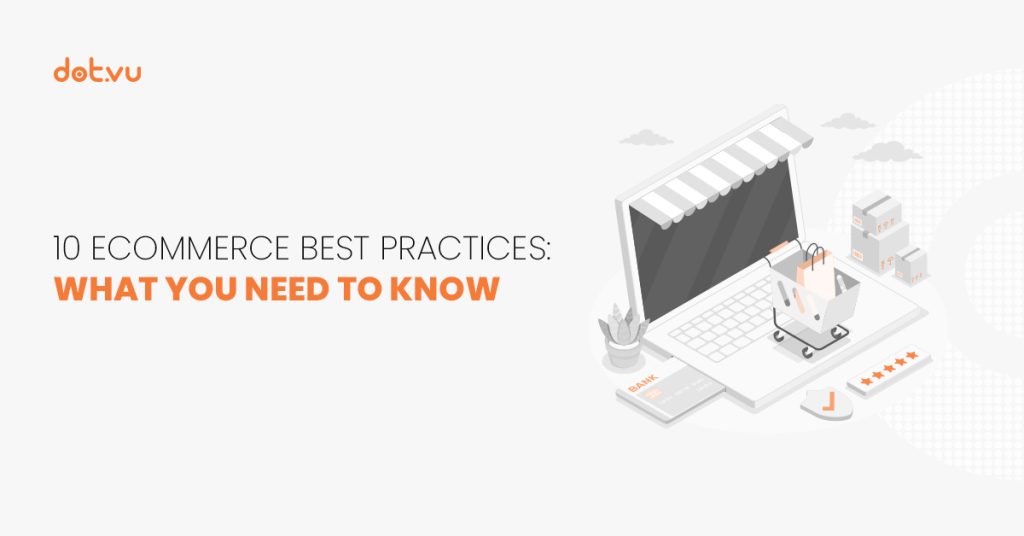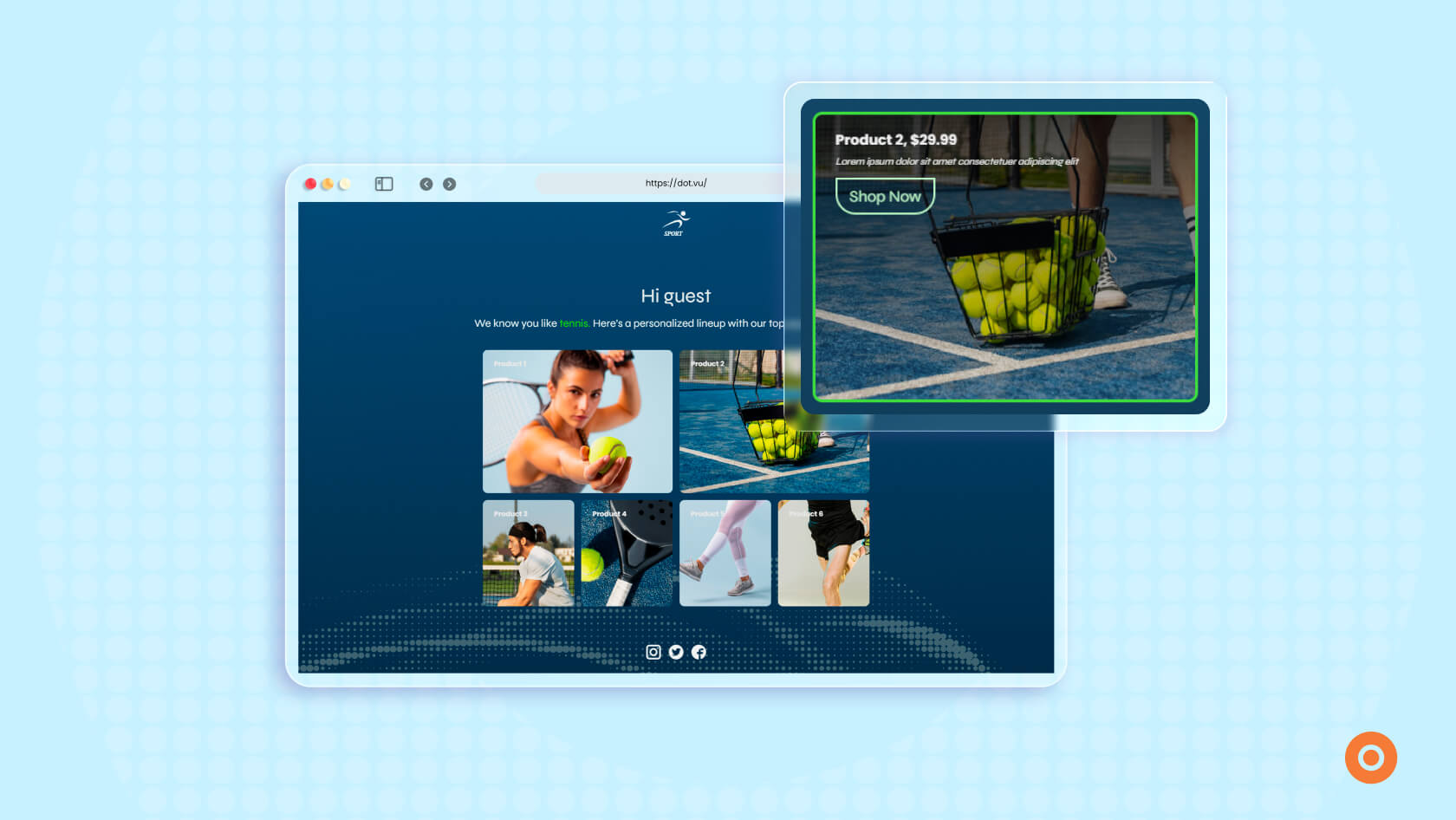
Ever wondered how retail marketing began or how to evolve with it? Or maybe your business is in the retail industry, but despite all the efforts, there is no growth in sales?
Retail is everywhere! On your phone, online, in malls, and even on the streets. As of 2024, there are 2,823,026 retail businesses in the US alone. You can imagine how high the competition is!
Retail acts as the final link in the supply chain. It’s the business of selling goods and services directly to consumers for their personal use. That means consumers play a major role in shaping retail strategies. Their preferences and expectations directly influence how the business markets and influences products.
But ask yourself this: If you follow the same retail marketing as millions of other brands, how is your brand going to differentiate from others? In this blog post, you can learn all about building customer loyalty, driving sales, and boosting engagement in your retail marketing using Interactive Experiences that set your brand apart from its competitors.
What is Retail Marketing?
Now that we have defined what retail is and how it works, let’s dive deeper into what exactly retail marketing is. It’s a way brands use different marketing strategies to persuade their consumers into buying their products or services. This likely increases their brand exposure and increases sales. Types of strategies these brands may use include different promotions, advertising, and leveraging digital channels to create a compelling shopping experience that encourages purchase and fosters loyalty.
Retail marketing has been around for a long time. Archeological evidence suggests retail-style exchanges existed over 10,000 years ago by using open-air markets and barter systems. Since then, the strategies have evolved beyond one-time sales into strategies focused on loyalty, experience, and customer relationships.
Traditional marketing, which had open-air markets that displayed the products openly, has transformed in this digital age to ensuring that the smallest details are thought of, like the packaging of the products is appealing, or getting social media influencers to promote the products or services.
Why Interactive Experiences are the Future of Retail?
It’s clear that traditional ways of doing marketing like generic ads, mass discount, and the disconnect between online and in-store campaigns is losing it’s touch. They don’t connect to your consumers anymore because consumers want an experience they can participate in and relate to.
With the demand for more personalization, this highlights the shift in interactive retail marketing where consumers don’t just receive messages but actively participate through experiences like Product Recommenders, Gamification campaigns, and Interactive Videos. These experiences are considered the future of retail as they increase loyalty and boost engagement.
Retail Marketing Strategies That Work in 2025
To succeed in today’s competitive environment, retailers must move beyond one-size-fits-all tactics and embrace strategies that put the customer experience first. Let’s take a look at the four powerful strategies retailers can implement that are reshaping the industry in 2025.
Omnichannel Retail Marketing:
Consumers expect their shopping experience to flow — across email, social media, websites, and stores. It’s on you to make it seamless. Same tone, same offers, same brand energy. Every touchpoint should feel like part of one story, not a disconnected mess. When your online and offline experiences align, people notice which leads them to making a purchase decision.
Personalization & Data-Driven Insights:
Generic campaigns are a fast track to being ignored. In 2025, smart brands use data to speak directly to each customer. With purchase histories, click behaviors, product views, it all helps you craft moments that feel one-on-one. Personalized landing pages, AI-driven recommendations, dynamic content is all what creates brand fans, not just one-time buyers.
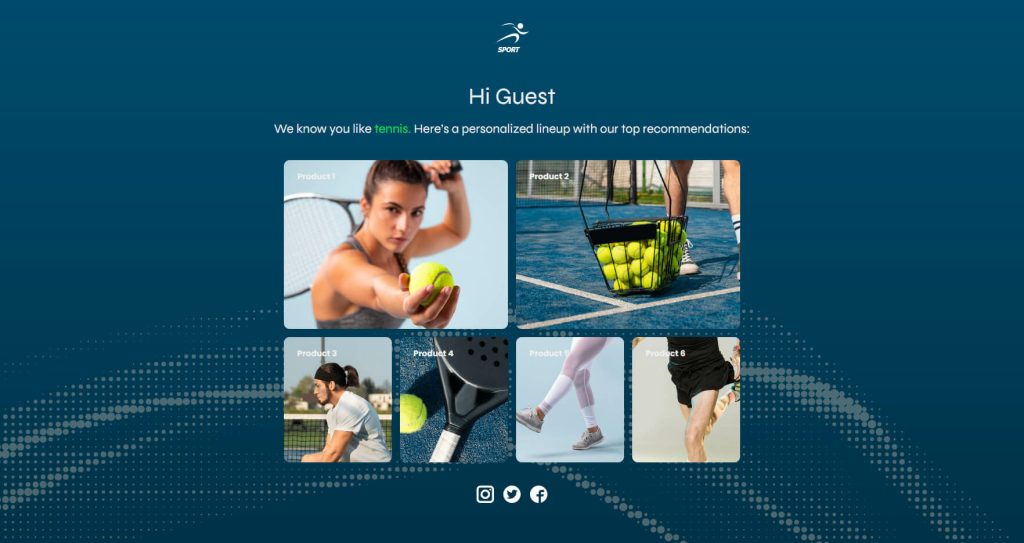
Related: What Are Interactive Websites? (And Why Yours Needs to Be One)
Gamification & Engagement Tools:
Make it fun or lose their attention. Retail brands are turning to loyalty games, interactive contests, product finders, and digital scratch cards to boost engagement. These aren’t just bells and whistles — they give people a reason to stay, explore, and connect. The dopamine hit of winning something or unlocking a perk? That’s conversion fuel.
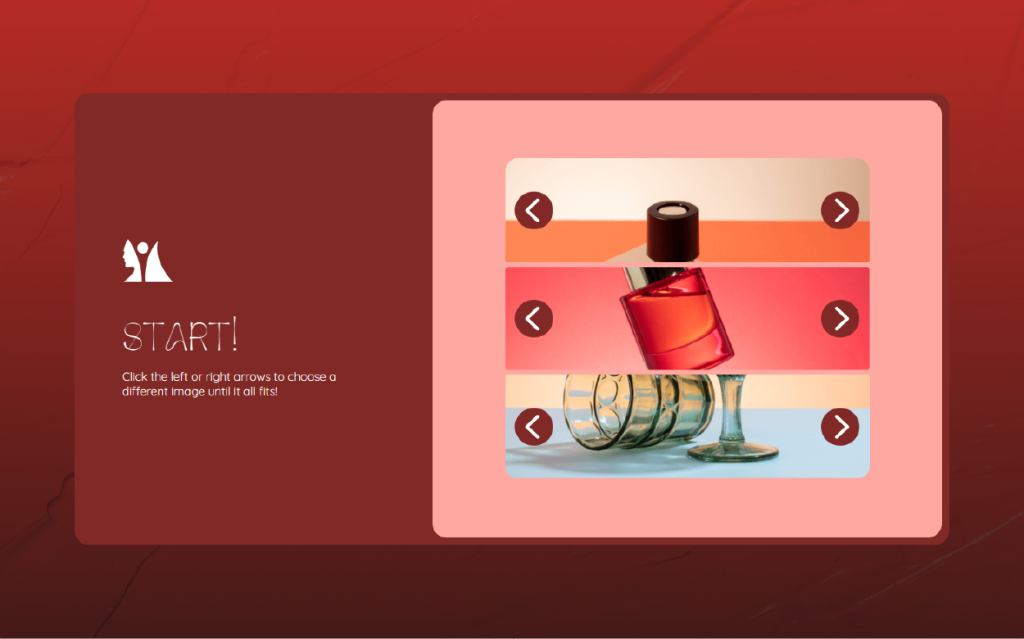
Mobile Marketing for Retail:
Phones run the show. People shop in micro-moments, especially during their commute, in the checkout line, or at home on the couch. Your mobile marketing needs to be there, ready to grab attention fast. Mobile-friendly experiences, fast-loading pages, SMS offers, geo-based targeting. That’s how you stay top-of-mind (and top-of-wallet).
Need some retail marketing ideas? We got you covered!
Case Example: Interactive Retail Marketing in Action
Let’s talk about a retail brand that made interactivity work not as a gimmick, but as a genuine growth lever.
For years, The Perfume Shop ran its iconic Perfume Awards in-store. It wasn’t just a voting booth situation — it was a full-on sensory experience. Customers came in, sampled scents, cast votes for their favorites, and felt part of something. It was beloved, but… it was also limited. Physical-only events can only scale so far.
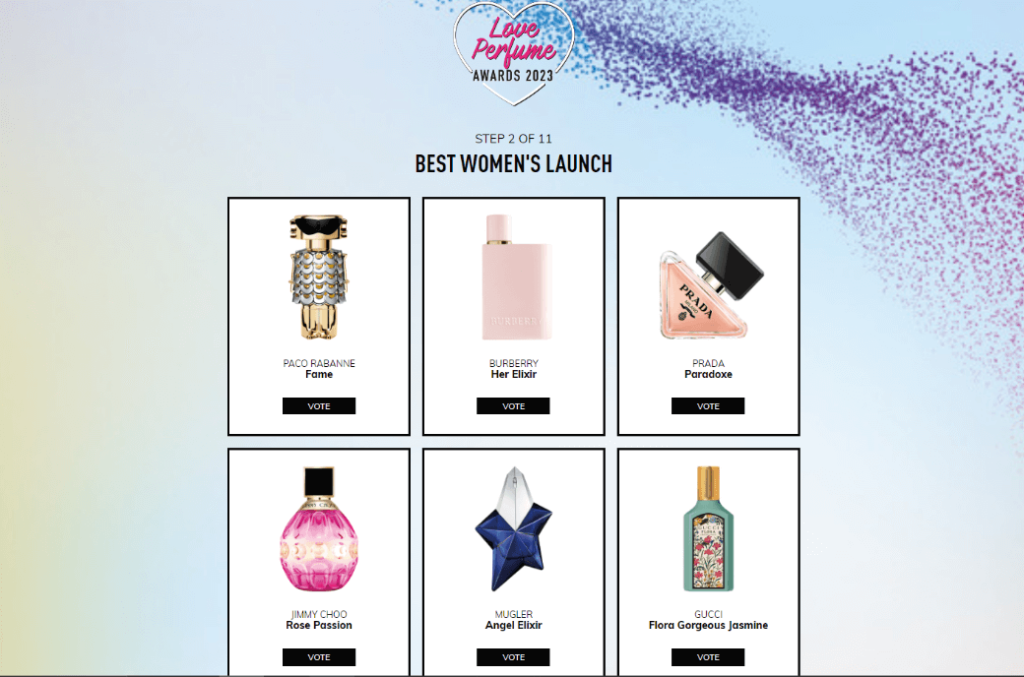
So in 2018, they decided to flip the script and take the experience online. But they didn’t just slap a voting form on their website and call it a day. They wanted something that still felt like the brand: elegant, interactive, and fun.
Using Dot.vu, they built a fully digital version of the Perfume Awards — one where customers could vote for their top fragrances, explore new scents, and even win prizes. The whole thing was designed to be intuitive, engaging, and accessible across devices.
The result?
- +440% increase in entrants
- 60,000+ participants in 2023 alone
- Thousands of new visitors, voting and engaging directly with the brand
And it wasn’t a one-off. The campaign has grown year after year, pulling in fragrance lovers who now look forward to it as an annual event.
Building a Customer-First Retail Marketing Strategy
Time to get tactical. If your marketing doesn’t center around the real needs, preferences, and behaviors of your audience, you’re wasting time and budget. So how do you actually build a retail marketing strategy that puts customers at the heart of everything and drives results?
Let’s break it down:
1. Set Clear, Measurable Goals
Start with your north star. What are you trying to achieve? More foot traffic? Higher engagement on mobile? Increased conversions from your email flows? Define your key objectives upfront — and get specific. “More sales” is vague. “10% lift in email-driven revenue this quarter” is something you can track and tackle.
Having crystal-clear goals gives your strategy direction and helps you focus on what really moves the needle — not just what’s trendy.
Pro tip: Align your goals with customer outcomes. If your audience gets value, you’ll get results.
2. Choose Interactive Formats That Match the Moment
Not every campaign needs to be a full-blown game or quiz — but every touchpoint should be engaging. The trick is choosing formats that match your audience’s expectations and your message. Launching a new product? Try an interactive product guide. Running a seasonal promo? A gamified experience can drive urgency and fun.
And don’t just chase clicks — aim for connection. Interactive formats work best when they invite participation and give something valuable in return.
At Dot.vu, this is where we shine: with plug-and-play templates that let you spin up interactive personalized campaigns without breaking your budget (or your brain).
3. Personalize Every Step of the Journey
Customers aren’t just expecting personalization — they’re demanding it. From the moment they land on your site to the follow-up emails they get after purchase, every touchpoint should feel like it was built for them.
Leverage behavioral data, purchase history, and preferences to create dynamic experiences that adapt in real time. Show relevant products, tailor your CTAs, and speak their language.
When personalization is done right, it doesn’t just improve conversion — it builds trust. And trust is the ultimate loyalty driver.
4. Track, Measure, and Optimize Like a Pro
If you’re not tracking performance, you’re guessing. And guessing is expensive.
Use detailed analytics to monitor what’s working — and what’s flopping. Measure engagement, dwell time, conversion rates, A/B tests — whatever aligns with the goals you set. Then iterate. The best strategies aren’t static; they evolve based on data and customer feedback.
And please, don’t let vanity metrics fool you. A million impressions mean nothing if nobody’s converting.
With Dot.vu, you get built-in analytics that make optimization less of a chore and more of a cheat code.
5. Create a Feedback Loop with Your Audience
This one’s underrated but crucial. Your customers are constantly telling you what’s working — through clicks, scrolls, drop-offs, and comments. Listen to them. Use surveys, quizzes, and interactive polls to ask directly. And when they tell you something? Adjust your strategy accordingly.
Brands that treat marketing like a conversation — not a monologue — are the ones that win long-term.
Bottom line:
A customer-first retail marketing strategy isn’t just about slapping a name on an email or running a few targeted ads. It’s about designing an entire experience that feels thoughtful, relevant, and engaging at every step.
And with Dot.vu, it’s easier than ever to bring that strategy to life — no devs, no chaos, no waiting six weeks for creative assets to come back.
Retail Marketing in 2025 Is About Experiences
Look — promotions alone aren’t doing the job anymore. People are tired of being sold to. They want to be engaged, entertained, included. The brands that are actually thriving? They’re the ones creating experiences — not just running another 20% off email blast.
So, if your marketing still feels like a one-way street, it’s probably time for a reset.
Interactive Experiences aren’t just a nice-to-have anymore. They are the strategy. The good news? You don’t need a whole dev team or six weeks to pull one off. Dot.vu has over 300 templates ready to go, and they’re built for exactly this — turning your ideas into something people want to click on.
Start small. Try one thing. Make it live. See what works. Then build from there.
Create a free account, poke around, and start building retail marketing that feels human again.
